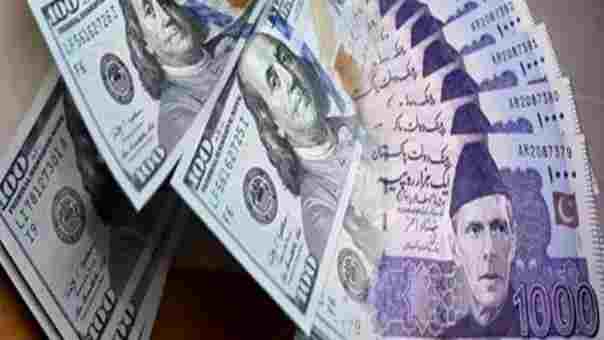Karachi, January 8, 2025 – The Pakistani rupee experienced a slight decline of 5 paisas against the US dollar in the interbank foreign exchange market on Wednesday, closing at PKR 278.72 compared to the previous day’s rate of PKR 278.67.
This minor depreciation is attributed to a growing demand for dollars, largely driven by increased import payments. Currency experts have noted that the rupee’s movement reflects mounting pressure from Pakistan’s rising import expenditures. According to the Pakistan Bureau of Statistics (PBS), the country’s import bill surged by 17.44% in December 2024, reaching $5.29 billion from $4.50 billion in November 2024. This steep increase in imports has amplified the demand for dollars, intensifying the strain on the local currency.
Adding to the pressure is a drop in Pakistan’s foreign exchange reserves. As of December 20, 2024, reserves fell by $262 million, from $16.633 billion to $16.371 billion. This decline constrains the State Bank of Pakistan’s ability to intervene effectively in the currency market, leading to further rupee volatility.
Despite these challenges, some positive developments may alleviate pressure on the rupee. Reports suggest that the United Arab Emirates (UAE) has agreed to roll over $2 billion in loans, a decision expected to enhance market confidence and provide much-needed support to Pakistan’s economy.
Furthermore, Pakistan’s current account balance has demonstrated a significant turnaround. Between July and November 2024, the country recorded a surplus of $944 million, a sharp contrast to the $1.68 billion deficit during the same period in 2023. This improvement highlights better fiscal management and could contribute to stabilizing the rupee.
Another encouraging factor is the rise in remittances from overseas Pakistanis, which increased by 34% in the first five months of the fiscal year 2024-25. Total remittances reached $14.77 billion during this period, compared to $11.05 billion in the same timeframe last year. These inflows have bolstered foreign currency liquidity, mitigating external financial pressures.
While the rupee currently faces hurdles due to heightened dollar demand and shrinking reserves, the anticipated UAE loan rollover and improved external account metrics offer hope for greater stability in the near future.
